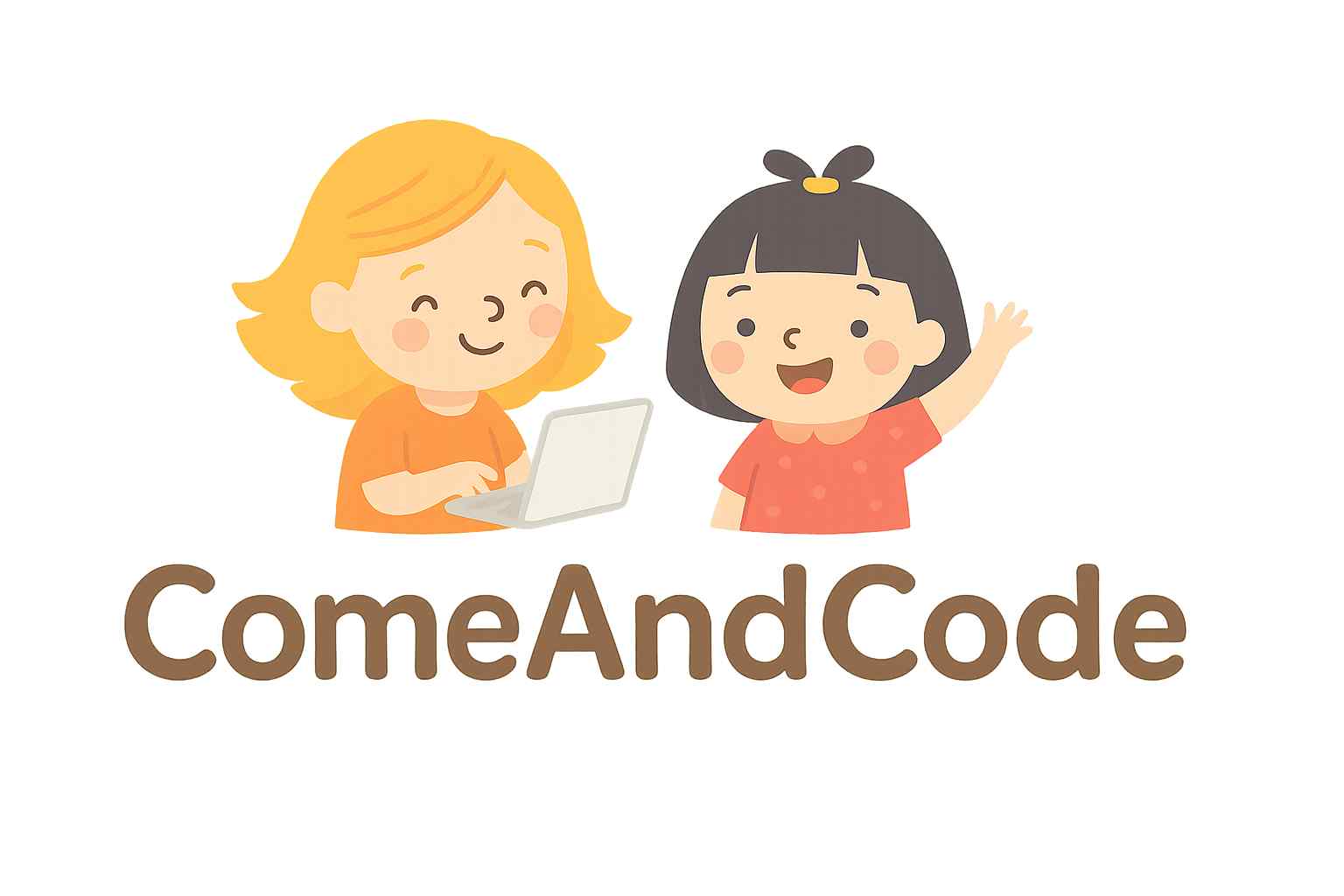Creating a Kids’ Educational Games App technology permeates every aspect of our lives, educational games have become a vital tool in children’s learning and development. With engaging interfaces and interactive gameplay, these apps can transform education into an enjoyable experience. This guide provides a thorough roadmap for creating a successful kids’ educational games app, from concept development to launch.
Understanding the Market

1. The Importance of Educational Games
Educational games are designed to entertain while promoting learning. They can enhance cognitive skills, improve problem-solving abilities, and foster creativity. Understanding the impact of these games on children’s learning experiences is essential for creating a compelling app.
2. Target Audience Analysis
Identifying your target audience is crucial. Consider the following demographics:
- Age Group: Different age groups have varying developmental stages and learning needs.
- Interests: Children are attracted to colorful designs, engaging stories, and relatable characters.
- Parent Preferences: Many parents look for educational value, safety, and user-friendliness in apps.
3. Market Research
Conducting thorough market research will help you identify gaps in the current offerings. Analyze existing educational games, read user reviews, and observe trends in gameplay mechanics. This information will guide your app’s development and unique selling proposition.
Defining Your Concept
1. Choosing a Learning Objective
Start by selecting a specific educational focus. This could range from math and science to language arts or social studies. Clearly defined learning objectives will provide a foundation for your game’s content.
2. Game Mechanics
The mechanics of your game should align with your educational goals. Consider various formats, such as:
- Quizzes: Interactive quizzes can reinforce knowledge while allowing for competitive play.
- Puzzles: Problem-solving puzzles can enhance critical thinking skills.
- Story-driven Gameplay: Incorporating narratives can make learning more engaging and memorable.
3. Balancing Education and Fun
Striking the right balance between education and entertainment is crucial. Ensure that the educational components are seamlessly integrated into the gameplay, allowing for an enjoyable experience without sacrificing learning.
Designing the App
1. User Interface (UI) and User Experience (UX)
A child-friendly UI is essential. Here are some design principles to consider:
- Colorful and Engaging Visuals: Bright colors and playful graphics can capture children’s attention.
- Simple Navigation: Ensure that the app is easy to navigate, allowing kids to explore without frustration.
- Feedback Mechanisms: Use positive reinforcement, such as rewards and badges, to motivate and encourage children.
2. Age-appropriate Content
Ensure that the content is suitable for the intended age group. Use language and themes that are relatable and engaging for children. Additionally, consider including different difficulty levels to cater to varying skill sets.
3. Accessibility Features
Incorporate features that make your app accessible to all children, including those with disabilities. Options may include text-to-speech functionality, color-blind modes, and adjustable font sizes.
Development Process
1. Choosing the Right Platform
Decide whether you want to develop your app for iOS, Android, or both. Each platform has its own advantages and disadvantages:
- iOS: Often perceived as a more premium platform with users willing to pay for apps.
- Android: Offers a larger user base and greater market penetration.
2. Selecting Development Tools
Choose the appropriate development tools and technologies based on your technical skills and project requirements. Some popular options include:
- Unity: Great for game development with robust features for 2D and 3D games.
- Flutter: Allows for cross-platform app development, making it easier to create apps for both iOS and Android.
3. Building the App
During the development phase, focus on:
- Prototyping: Create a prototype to visualize the app’s flow and design. This can help in identifying potential issues early on.
- Iterative Testing: Regular testing throughout the development process will help you address bugs and enhance the user experience.
Content Creation
1. Educational Content Development
Develop content that aligns with your learning objectives. Collaborate with educators or child development experts to ensure the material is effective and engaging.
2. Engaging Storylines
If your app includes a narrative component, create captivating storylines that resonate with children. Characters and plots should be relatable, promoting emotional engagement and curiosity.
3. Visual and Audio Elements
Incorporate high-quality graphics and sound effects. Engaging animations and fun sound effects can significantly enhance the overall user experience, making the app more enjoyable for children.
Testing and Feedback
1. Beta Testing
Before launching your app, conduct beta testing with real users. Gather feedback from children and parents to identify areas for improvement. Consider factors like usability, engagement, and educational value.
2. Continuous Improvement
Use the feedback collected during beta testing to make necessary adjustments. Iterative improvements can greatly enhance the final product, ensuring it meets the expectations of your audience.
Marketing Your App
1. Creating a Marketing Strategy
Develop a marketing strategy that targets both children and their parents. Consider channels like social media, influencer partnerships, and educational blogs to promote your app.
2. App Store Optimization (ASO)
Optimize your app’s listing on app stores to improve visibility. Focus on:
- Keywords: Use relevant keywords that parents might search for.
- Engaging Descriptions: Write clear, engaging descriptions that highlight the app’s educational benefits.
3. Leveraging Social Media
Use social media platforms to build awareness and engage with your audience. Share educational content, user testimonials, and updates about your app to create excitement and interest.
Monetization Strategies

1. Freemium Model
Consider offering a freemium model where users can access basic features for free, while premium features or content require a subscription or one-time payment. This approach can attract more users initially.
2. In-app purchases
Offering in-app purchases for additional content or features can also be a viable monetization strategy. Ensure that these purchases provide real value to users.
3. Advertisements
If you choose to include ads, ensure they are appropriate for children. Avoid intrusive ads that could disrupt the gameplay experience.
Launching Your App
1. Pre-Launch Activities
In the weeks leading up to your app’s launch, create buzz through social media teasers, email campaigns, and collaborations with educational influencers.
2. Post-Launch Support
After launching, continue to engage with your users. Provide regular updates, respond to feedback, and fix any issues promptly to enhance user satisfaction.
Conclusion
Creating a kids’ educational games app is a rewarding endeavor that combines creativity, education, and technology. By understanding the market, defining your concept, focusing on design, and employing effective marketing strategies, you can develop a successful app that not only entertains but also enriches children’s learning experiences.
With the right approach, your app can contribute significantly to children’s education while fostering a love for learning in a fun and interactive way. Start your journey today, and make a lasting impact in the world of educational gaming!
